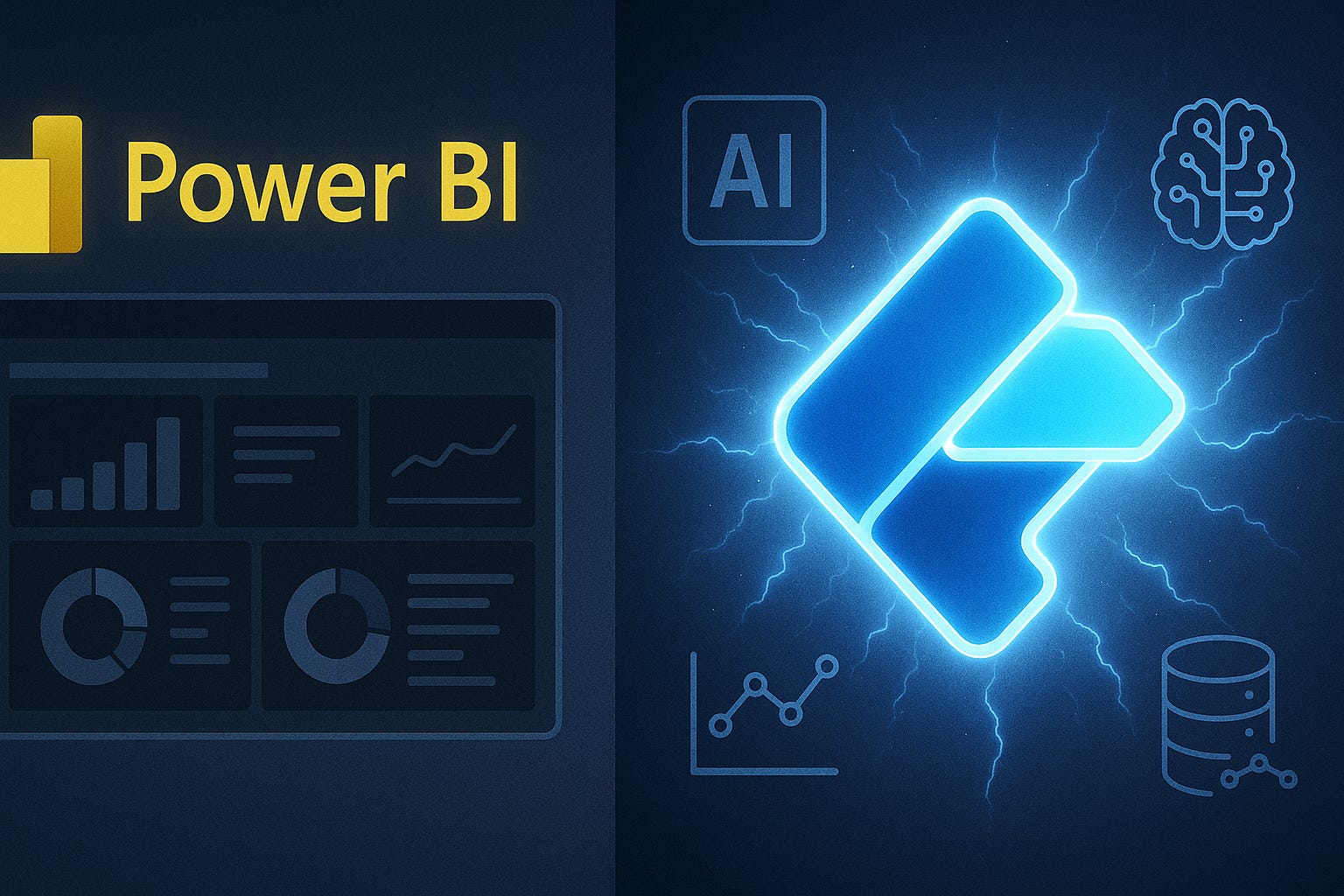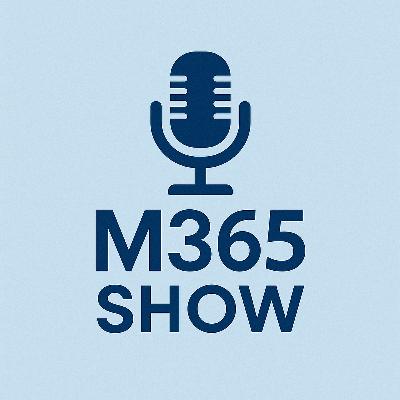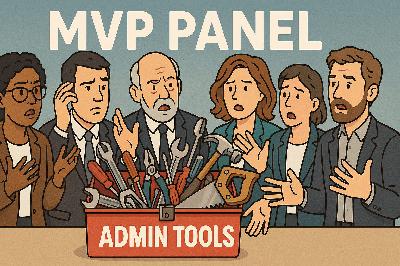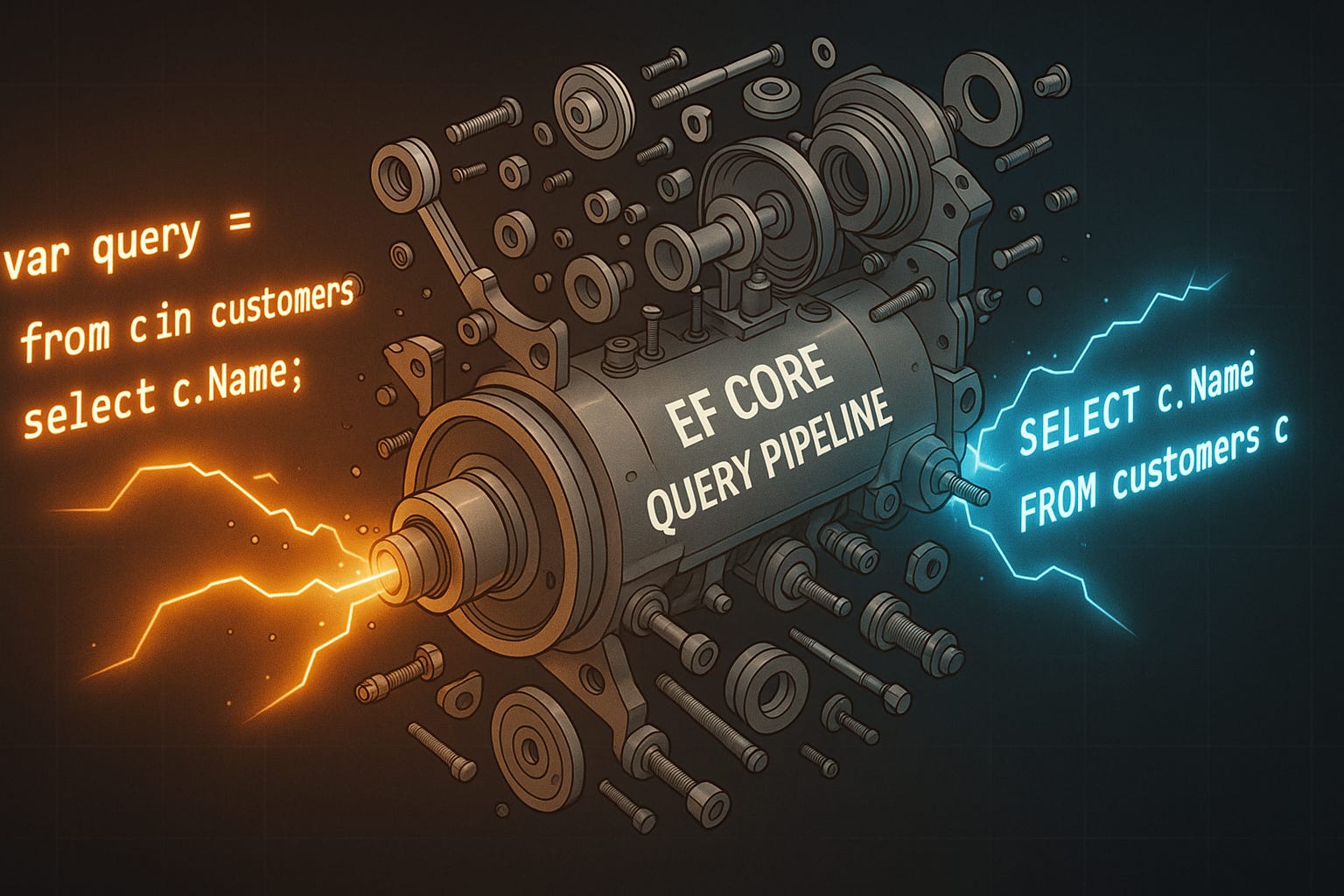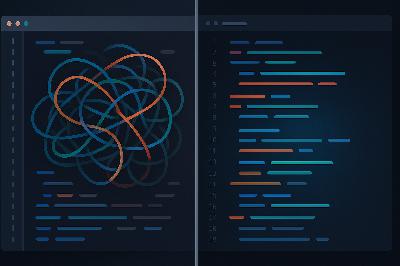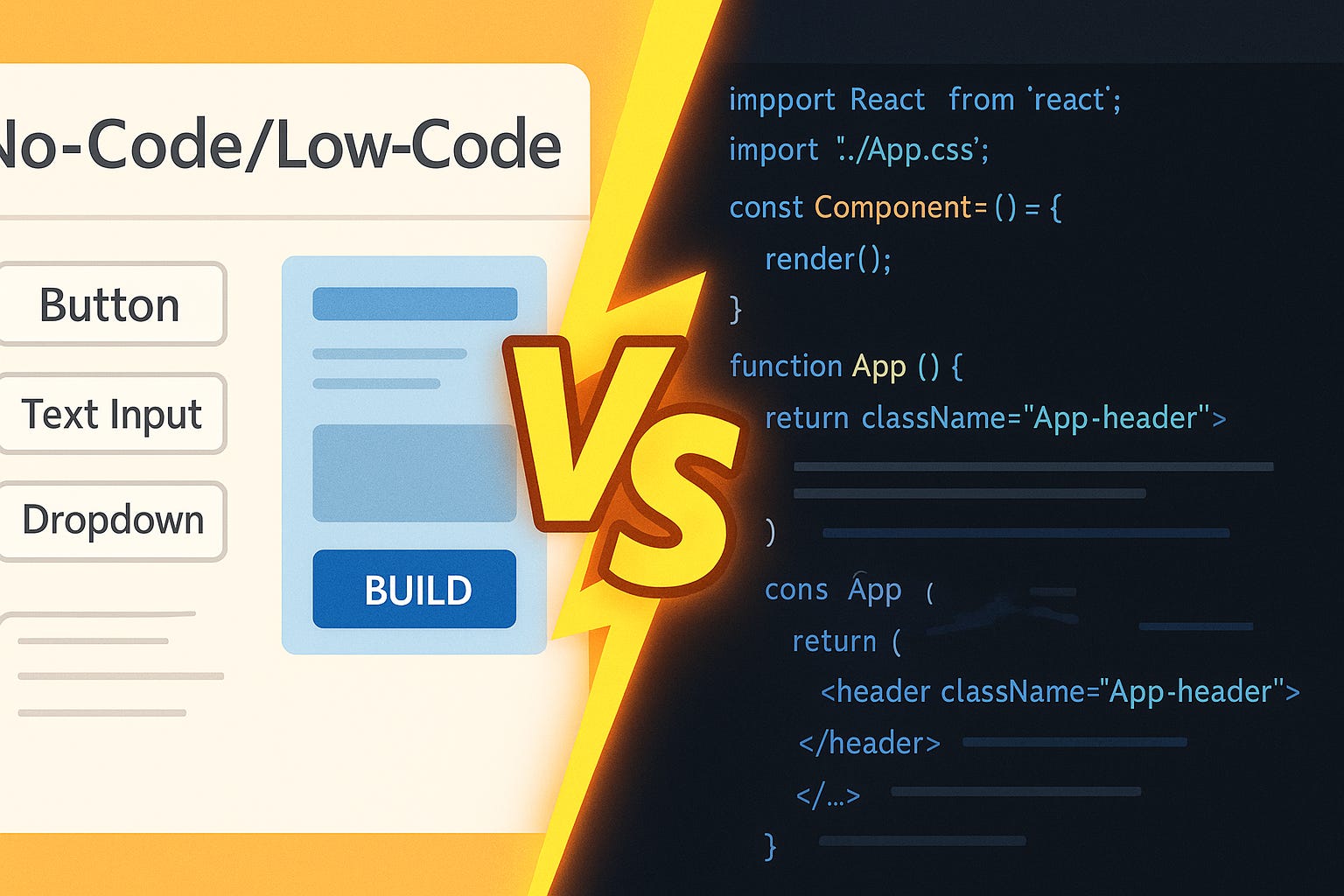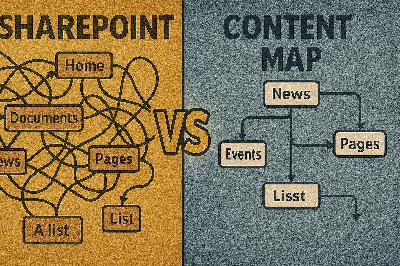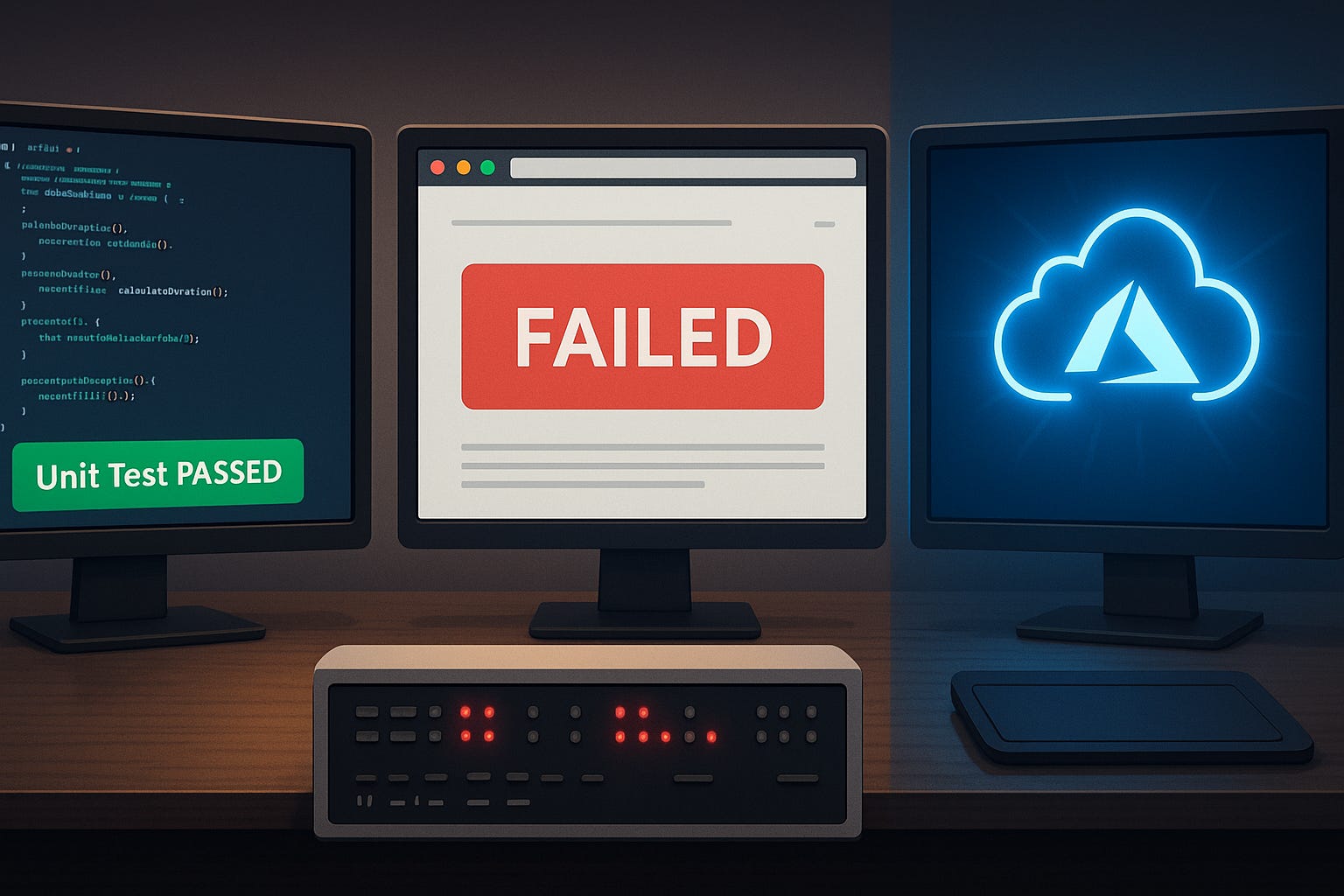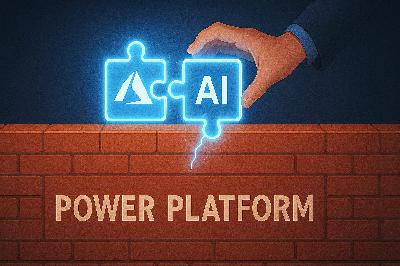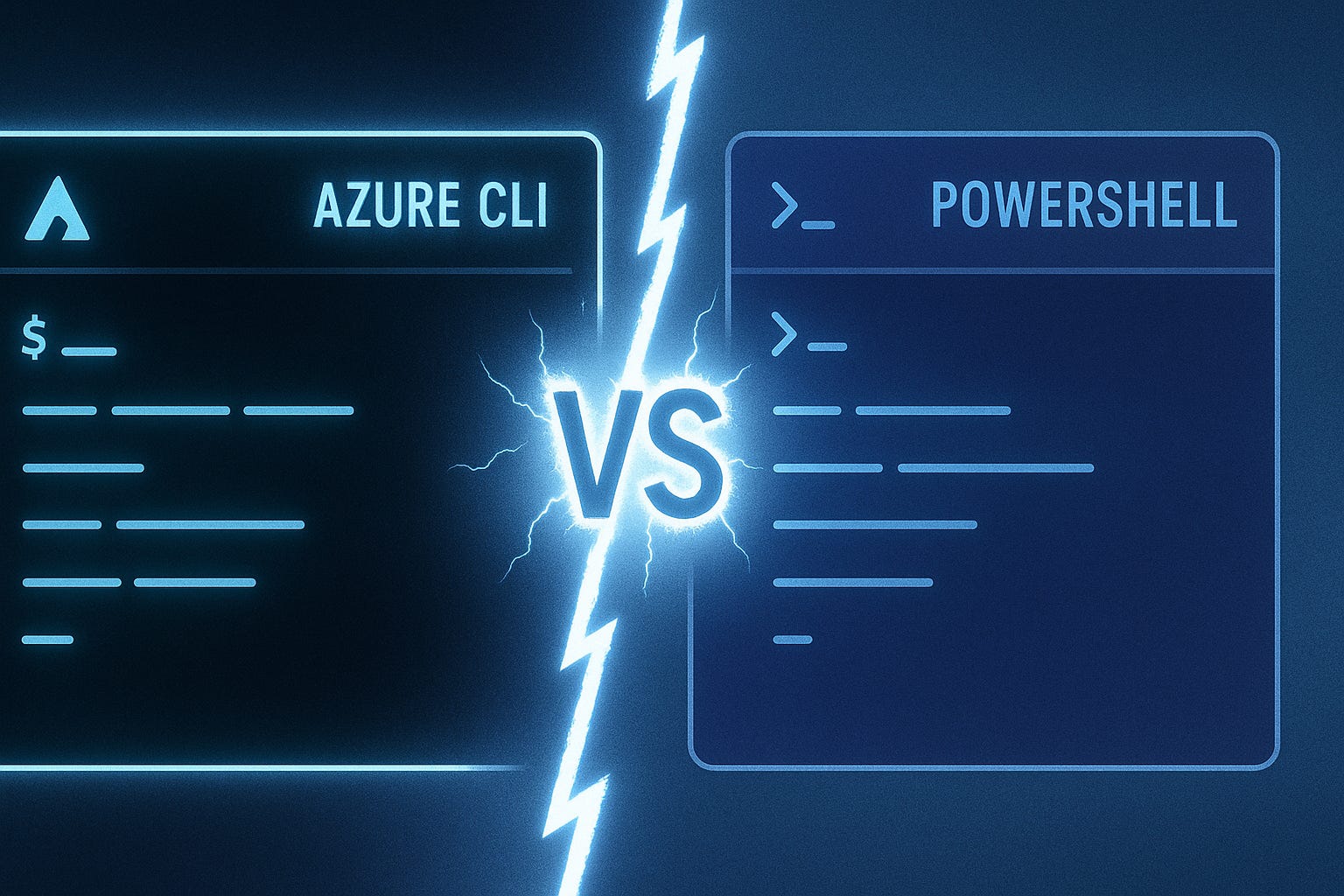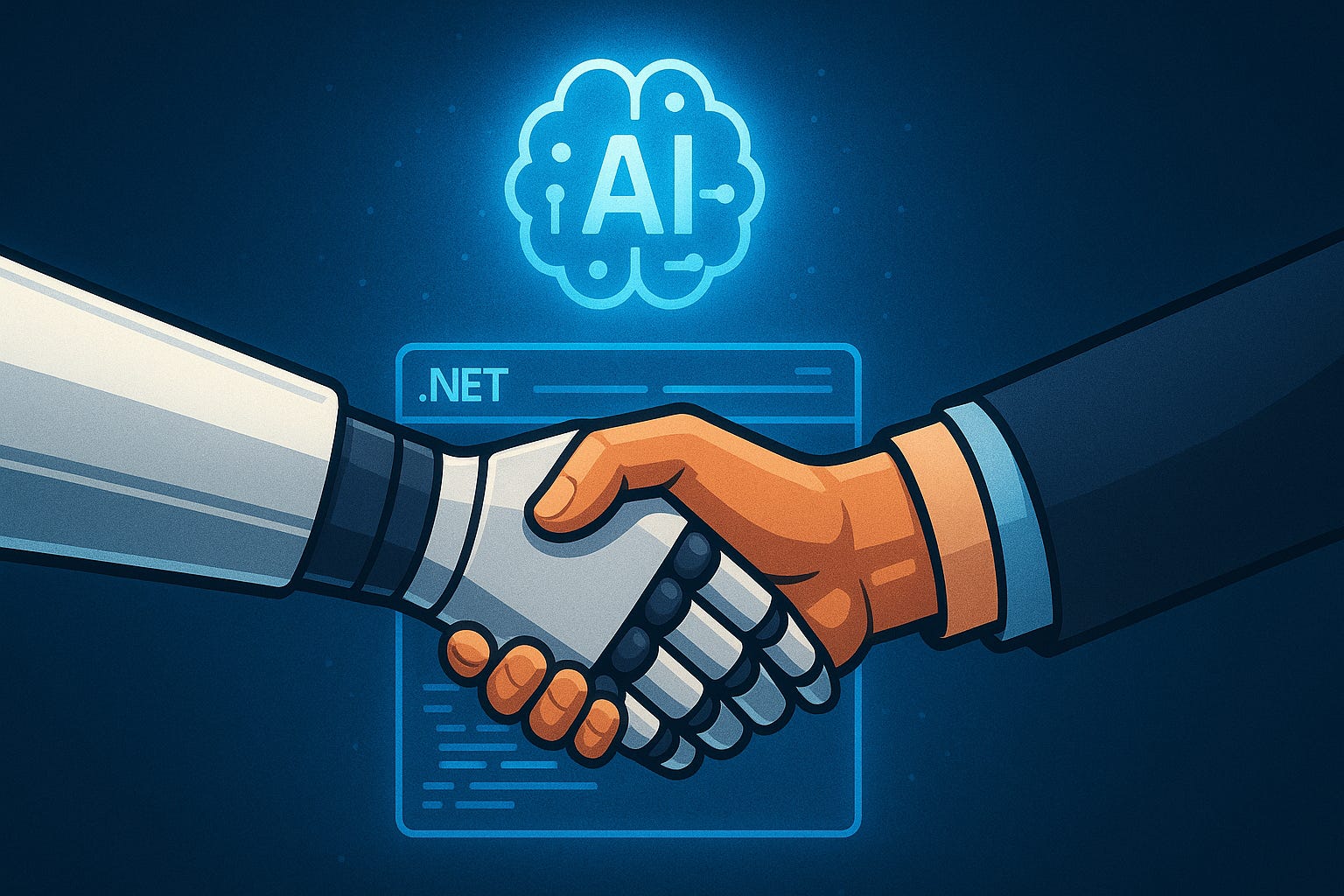Microsoft Fabric Changes Everything for BI Pros
Description
If you’ve been comfortable building dashboards in Power BI, the ground just shifted. Power BI alone is no longer the full story. Fabric isn’t just a version update—it reworks how analytics fits together. You can stop being the person who only makes visuals. You can shape data with pipelines, run live analytics, and even bring AI into the mix, all inside the same ecosystem. So here’s the real question: are your current Power BI skills still enough? By the end of this podcast, you’ll know how to provision access, explore OneLake, and even test a streaming query yourself. And that starts by looking at the hidden limits you might not realize have been holding Power BI back.
The Hidden Limits of Traditional Power BI
Most Power BI professionals don’t realize they’ve been working inside invisible walls. On the surface, it feels like a complete toolkit—you connect to sources, build polished dashboards, and schedule refreshes. But behind that comfort lies a narrow workflow that depends heavily on static data pulls. Traditional Power BI setups often rely on scheduled refreshes rather than streaming or unified storage, which means you end up living in a world of snapshots instead of live insight. For most teams, the process feels familiar. A report is built, published to the Power BI service, and the refresh schedule runs once or twice a day. Finance checks yesterday’s numbers in the morning. Operations gets weekly or monthly summaries. The cadence seems manageable, and it has been enough—until expectations change. Businesses don’t only want to know what happened yesterday; they want visibility into what’s happening right now. And those overnight refreshes can’t keep up with that demand. Consider a simple example. Executives open their dashboard mid-afternoon, expecting live figures, only to realize the dataset won’t refresh until the next morning. Decisions get made on outdated numbers. That single gap may look small, but it compounds into missed opportunities and blind spots that organizations are less and less willing to tolerate. Ask yourself this: does your team expect sub-hourly, operational analytics? If the answer is yes, those scheduled refresh habits no longer fit the reality you’re working in. The challenge is bigger than just internal frustration. The market has moved forward. Organizations compare Power BI against entire analytics ecosystems—stacks built around streaming data, integrated lakehouses, and real-time processing. Competitors showcase dashboards where new orders or fraud alerts appear second by second. Against that backdrop, “refreshed overnight” no longer feels like a strength; it feels like a gap. And here’s where it gets personal for BI professionals. The skills that once defined your value now risk being seen as incomplete. Leaders may love your dashboards, but if they start asking why other platforms deliver real-time feeds while yours are hours behind, your credibility takes the hit. It’s not that your visuals aren’t sharp—it’s that the role of “report builder” doesn’t meet the complexity of today’s demands. Without the ability to help design the actual flow of data—through transformations, streaming, or orchestration—you risk being sidelined in conversations about strategy. Microsoft has been watching the same pressures. Executives were demanding more than static reporting layers, and BI pros were feeling boxed in by the setup they had to work with. Their answer wasn’t a slight patch or an extra button—it was Fabric. Not framed as another option inside Power BI Desktop, but launched as a reimagined foundation for analytics within the Microsoft ecosystem. The goal was to collapse silos so the reporting layer connects directly to data engineering, warehousing, and real-time streams without forcing users to switch stacks. The shift is significant. In the traditional model, Power BI was the presentation layer at the end of someone else’s pipeline. With Fabric, those boundaries are gone. You can shape data upstream, manage scale, and even join live streams into your reporting environment. But access to these layers doesn’t make the skills automatic. What looks exciting to leadership will feel like unfamiliar territory to BI pros who’ve never had to think about ETL design or pipeline orchestration. The opportunity is real, but so is the adjustment. The takeaway is clear: relying on the old Power BI playbook won’t be enough as organizations shift toward integrated, real-time analytics. Fabric changes the rules of engagement, opening up areas BI professionals were previously fenced out of. And here’s where many in the community make their first misstep—by assuming Fabric is simply one more feature added on top of Power BI.
Why Fabric Isn’t Just ‘Another Tool’
Fabric is best understood not as another checkbox inside Power BI, but as a platform shift that redefines where Power BI fits. Conceptually, Power BI now operates within a much larger environment—one that combines engineering, storage, AI, and reporting under one roof. That’s why calling Fabric “just another tool” misses the reality of what Microsoft has built. The simplest way to frame the change is with two contrasts. In the traditional model, Power BI was the end of the chain: you pulled from various sources, cleaned with Power Query, and pushed a dataset to the service. Scheduling refreshes was your main lever for keeping data in sync. In the Fabric model, that chain disappears. OneLake acts as a single foundation, pipelines handle transformations, warehousing runs alongside reporting, and AI integration is built in. Instead of depending on external systems, Fabric folds those capabilities into the same platform where Power BI lives. For perspective, think about how Microsoft once repositioned Excel. For years it sat at the center of business processes, until Dynamics expanded the frame. Dynamics wasn’t an Excel update—it was a shift in how companies handled operations end to end. Fabric plays a similar role: it resets the frame so you’re not just making reports at the edge of someone else’s pipeline. You’re working within a unified data platform that changes the foundation beneath your dashboards. Of course, when you first load the Fabric interface, it doesn’t look like Power BI Desktop. Terms like “lakehouse,” “KQL,” and “pipelines” can feel foreign, almost like you’ve stumbled into a developer console instead of a reporting tool. That first reaction is normal, and it’s worth acknowledging. But you don’t need to become a full-time data engineer to get practical wins. A simple way to start is by experimenting with a OneLake-backed dataset or using Fabric’s built-in dataflows to replicate something you’d normally prep in Power Query. That experiment alone helps you see the difference between Fabric and the workflow you’ve relied on so far. Ignoring this broader environment has career consequences. If you keep treating Power BI as only a reporting canvas, you risk being viewed as the “visual designer” while others carry the strategic parts of the data flow. Learning even a handful of Fabric concepts changes that perception immediately. Suddenly, you’re not just publishing visuals—you’re shaping the environment those visuals depend on. Here’s a concrete example. In the old setup, analyzing large transactional datasets often meant waiting for IT to pre-aggregate or sample data. That introduced delays and trade-offs in what you could actually measure. Inside Fabric, you can spin up a warehouse in your workspace, tie it directly to Power BI, and query without moving or trimming the data. The dependency chain shortens, and you’re no longer waiting on another team to decide what’s possible. Microsoft’s strategy reflects where the industry has been heading. There’s been a clear demand for “lakehouse-first” architectures: combining the scalability of data lakes with the performance of warehouses, then layering reporting on top. Competitors have moved this way already, and Fabric positions Power BI users to be part of that conversation without leaving Microsoft’s ecosystem. That matters because reporting isn’t convincing if the underlying data flow can’t handle speed, scale, or structure. For BI professionals, the opportunity is twofold. You protect your relevance by learning features that extend beyond the visuals, and you expand your influence by showing leadership how Fabric closes the gap between reports and strategy. The shift is real, but it doesn’t require mastering every engineering detail. It starts with small, real experiments that make the difference visible. That’s why Fabric shouldn’t be thought of as an option tacked onto Power BI—it’s the table that Power BI now sits on. If you frame it that way, the path forward is clearer: don’t retreat from the new environment, test it. The good news is you don’t need enterprise IT approval to begin that test. Next comes the practical question: how do you actually get access to Fabric for yourself? Because the first roadblock isn’t understanding the concepts—it’s just getting into the system in the first place.
Getting Your Hands Dirty: Provisioning a Fabric Tenant
Provisioning a Fabric tenant is where the shift becomes real. For many BI pros, the idea of setting one up sounds like a slow IT request, but in practice it’s often much faster than expected. You don’t need weeks of approvals, and you don’t need to be an admin buried in Azure settings. The process is designed so that individual professionals can get hands-on without waiting in line. We’ve all seen how projects stall when a new environment request gets buried in approvals. A team wants a sandbox, leadership signs off, and then nothing happens for weeks. By the time the environment shows up, curiosity is gone and the momentum is dead. That’s exactly what Fabric is trying to avoid. Provisioning puts you in charge of starting your own test environment, so you don’t have to sit on the sidelines waiting

